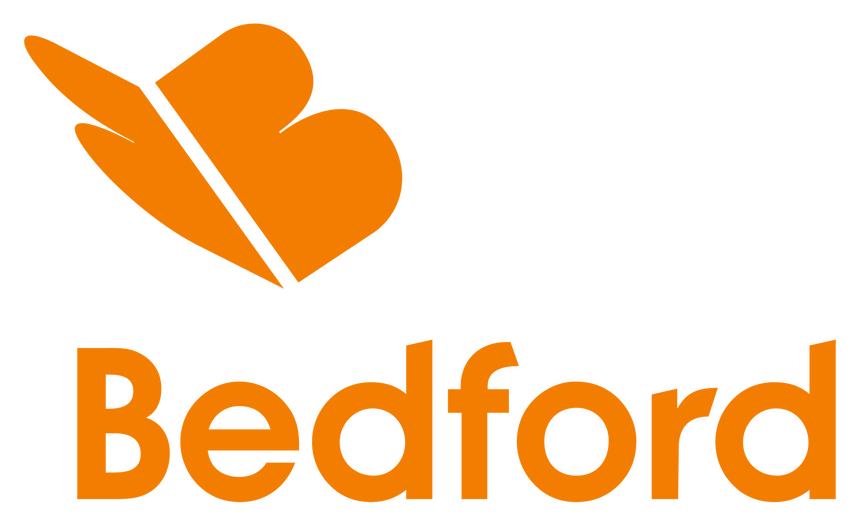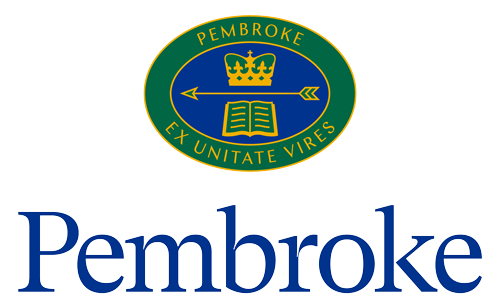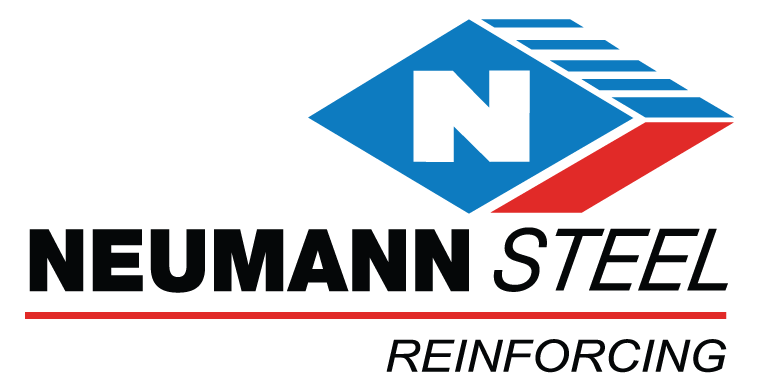
Lipman
Lipman modernised their traditional HR processes with ELMO HR Software, reducing paperwork and freeing up time to support and develop their people.
The Challenges
The reliance on manual processes meant too much time was being spent on admin
Employee information was stored in multiple places with no single source of truth
The manual onboarding process felt old fashioned and inefficient for new recruits
Learning was difficult to track and inconvenient for employees on-site
With a workforce of around 200 people and more recruitment in the pipeline, the business knew that managing their HR and payroll manually was becoming near-impossible. And so, as she joined the business, Emma set out to drive a more modern People & Culture function with the help of an HRIS.
Having used ELMO Software before in a previous role, Emma was already a fan of its configurability and understood the value in being able to tailor the solution to fit Lipman’s unique needs.
“From a business perspective, I knew that by using ELMO, I could get exactly what I needed from the system,” she says.
One of those needs was to securely house employee information in one central, secure system. With information stored in different spreadsheets, Emma had no single source of truth. What’s more, there was a risk that the information within those spreadsheets could be out-of-date or incorrect.
“Without the backstop of a system that is foolproof, a spreadsheet is only as reliable as the person filling it in,” she says.
Inefficient learning management was another key pain point for Lipman. Previously, providing learning courses for staff was a very manual process that was tracked in a spreadsheet and involved printing hard copies. The senior leadership team wanted a Learning Management System that could provide easier access to learning for their staff with a user-friendly interface.
The onboarding process also lacked a modern feel and it was easy for new recruits to feel burdened by paperwork.
Overall, Lipman required an HRIS that could streamline and automate their HR and payroll, reducing the paperwork and freeing up more time to support and develop their people.
The Solution
Lipman implemented ELMO’s HR Core to centralise their employee information and take care of their essential processes, such as leave management.
They chose ELMO Learning Management, as well as Video Library and Course Library, to deliver and manage their learning & development offering, and ELMO Onboarding to streamline their workflow for new recruits.
Lipman is also in the process of implementing ELMO Performance Management to deliver further time savings for both managers and employees across the business.
Reflecting on the implementation experience, Emma said having a single, dedicated consultant, rather than multiple points of contact, has been a “game changer”.
“My implementation consultant Viana was an absolute rockstar. She was so helpful and engaging, and extremely reliable,” she says.
“While the responsibility was on me to ensure a successful implementation for the business, with Viana, it almost felt like I had a second pair of hands helping me through the process.”
The Benefits
Tailored onboarding workflow reduces the admin and improves the experience for new recruits
Online learning is accessible for staff on-site through their mobile or tablet, as well as on desktop
Self-serve functionality enables employees to input and update their own payroll details
Learning is delivered automatically for new recruits and compliance is easy to track through a dashboard

“All of the administrative processes we have in place are now quicker thanks to ELMO. As a sole HR manager in a 200-strong organisation, it really is like having another team member,” Emma says.
“It’s also become a much easier sell for other people who think HR always involves a lot of form-filling and manual work. You get more buy-in from people in the business because it feels like a fresh and modern way to do HR.”
Automation has been especially important as the organisation increased its headcount. Now with a workforce of around 220 people, Emma is able to rely on ELMO’s automated workflow to ensure new recruits are properly onboarded into the organisation.
Given that safety is paramount in the construction industry, the ability to automate the onboarding workflow and track learning compliance through the ELMO dashboard offers peace of mind for busy HR managers like Emma.
What’s more, the bespoke nature of ELMO’s platform means Emma has been able to tailor the software to replicate the business’s own processes, rather than change how the organisation operates.
“My favourite part about ELMO is that it is so user-friendly. The system is so malleable so we can take elements from the different modules to build exactly what we need. In my experience, it’s the configurability that sets ELMO apart from the rest,” she says.
“My advice to anyone would be that an in-depth implementation process is worth the time because once you get there, all the work you’ve done has given you the toolkit to continue to evolve that process. From then on, you can tweak or add to your workflows very quickly so the software keeps up as your organisation grows.”
 HR Core
HR Core 









